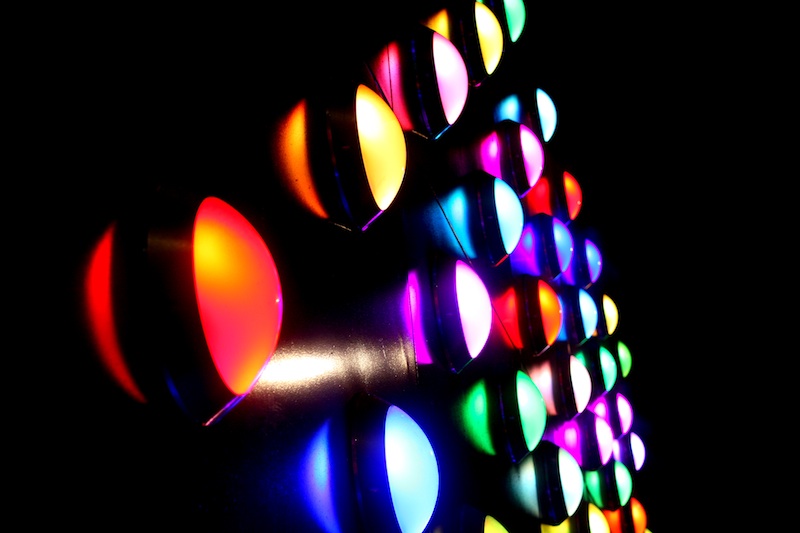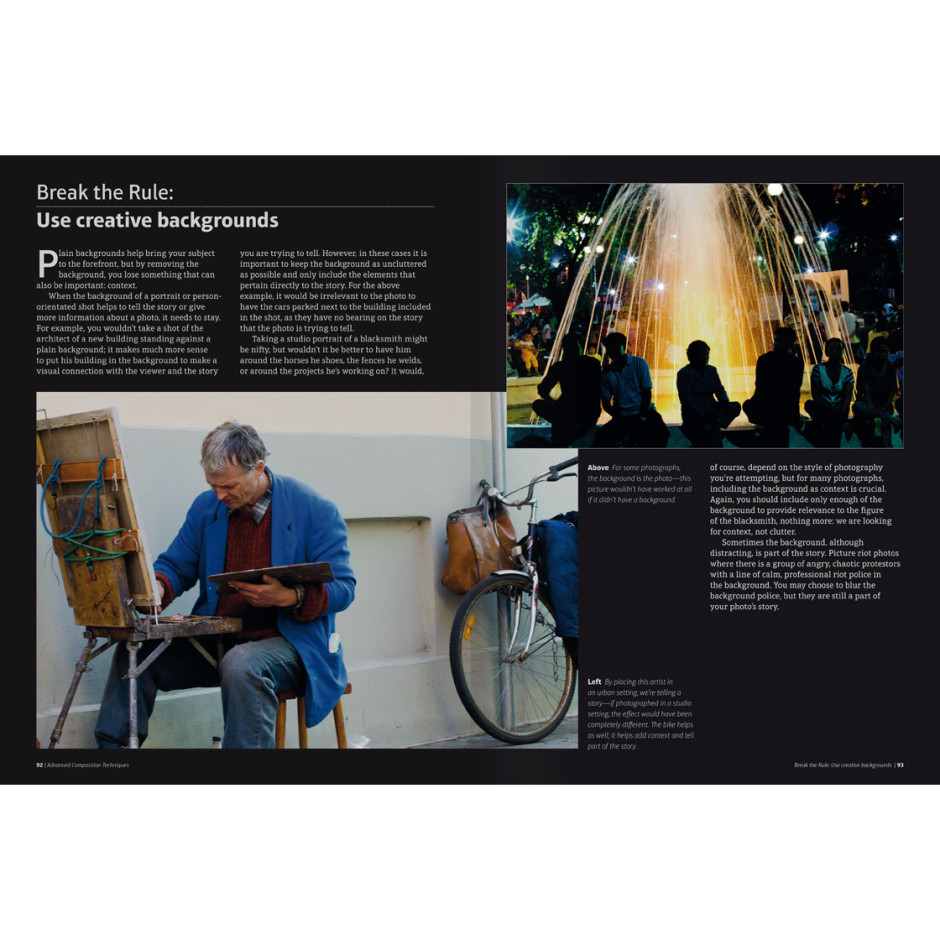We have ten bargain-priced tickets for the EyeEm Festival and Awards for our readers.
Black Friday deals – what and where
Black Friday with its crazed rush for the shops and silly deals on sales is upon us. I've rounded up the best of the offers and listed the places that have sales happening. I'll add to it as I'm notified of any more. Take a look and see if you can grab a bargain!

Adorama
Adorama has an astonishing number of offers running over the Black Friday weekend. These include Canon 6D bundles going for $1,519 and 70D bundles for $1,149; the Pentax K-5 IIs for $469.95; and Sigma 70-200mm lenses for $1,099.
- Canon
- DJI Phantom Quadcopters
- Nikon
- Sony
- Cameras
- Don't forget the Sony trade-in offer for new A7 cameras.
There's a whole lot more, though, so do check out the deals page.
Boomf
You can claim 20% off your Instagrammed marshmallows by using the code FALALABOOMF when you place your order.
Fracture
You can claim 30% off your Fracture orders, using the code BF2014 at the checkout.
iStabilizer
Buy iStabilizer's flexible tripod, mount, & 360 degree lens for $29.95.
Lensbaby
Buy a special edition Lensbaby Spark for $99.99, rather than $129.99. Or purchase the Composer Pro kit for $599.95 instead of $749.95.
Lollipod
Buy a Lollipod and get a universal phone adapter (worth £9.99) for free.
Olloclip
Buy an Olloclip 4-in-1 lens and pick up either a 3-in-1 macro system or a telephoto lens (even both, if you want) at a reduced price.
Photobox
Photobox is offering 50% off of all prints and posters. You'll need the code BLACKFRIDAY, and you'll need to order before midnight in the UK.
Photojojo
Photojojo has reduced the prices on a welter of its products, including lens mugs, battery buddies, and iPhone telephoto lenses.
Triggertrap
Buy a Triggertrap mobile kit and a flash adapter in the Triggertrap shop and get 20% off your order. You'll need the code HIGHSPEEDFRIDAY to benefit.
Wilkinson Cameras
Here in the UK Wilkinson Cameras have a large selection of cameras, lenses, tripods, flashes, and bags available at discounted prices.
Know the rules so that you can break them properly
Rules. They're pretty important. Can you imagine trying to get anywhere without some rules for the road? No one would know when to stop, when to go, or even where to go. It'd be chaos, and not my idea of fun. They provide us with a framework, a means of understanding how things work, which enables us to get from A to B more safely. Then there are photography's rules. They aren't quite so critical to everyone's navigational competence and safety—the rule of thirds will hardly prevent me from getting run over—but they are there to make pictures look better.
Breaking them properly
If having rules and laws and dos and do-nots seems terribly restrictive to a creative pursuit (or how fast you want to ride your motorbike), remember that if you know and understand them properly and put them into practice, it gives you one up on anyone who doesn't. In fact, it gives you two up on people who follow them blindly. When you know them properly, you know when you can break them successfully, too.
Make sure your horizons are level...
The power in breaking a rule comes from understanding why it's a rule in the first place. When you know how and why something works, you also understand its limitations and restrictions. This means that you know when you need to reverse it, to stand it on its head, or to smash it altogether in order to get the effect that you want.
...except when they're definitely not.
This works better with an example.
Plain versus creative backgrounds
If you want to show off your subject optimally, you're best to use a plain background. That's a fairly obvious photographic rule. A busy background will compete for attention with your subject and your eye will struggle to focus where it should be focusing. The type of plain background that you use has its own set of rules that goes with it: black makes colours bolder, white makes them duller, complementary colours are striking, and using the same colour background as your subject can look stunning, too. But you know that the rule is a plain background will serve your subject best.
Nothing else to distract from gorgeous Sheara
Except...
When you need to provide some context for your subject. Photographing an academic against a plain background might make for a lovely portrait, but it doesn't really convey who this person is or what she does. Photographing her in her study, surrounded by her books, would be much more meaningful. What's important here is that the background isn't cluttered or confusing. You need the eye to fall on the professor, but the books to relay who she is.
This background helps to show the context in which the photo was taken, however busy it is
Of course, if you're photographing something like a riot or a protest, the chaos and the confusion needs to come over in the picture. You'll need a point of focus for the eye to fall upon, but everything swirling around it will add to the story.
So you want to be a rebel with a cause?
Photography is full of rules. Which means that understanding them properly presents you with hundreds, thousands of opportunities to break them to creative effect. Rather helpfully, Haje combined lots rules and examples of when and how to break them into one rather awesome book: The Rules of Photography and When to Break Them.
Even better, Rules is currently only £4.99 if you download it from the swish looking Ilex Instant site. That's half-price! This means you can read all the rules and learn how to break them. Go on, be a rebel!








